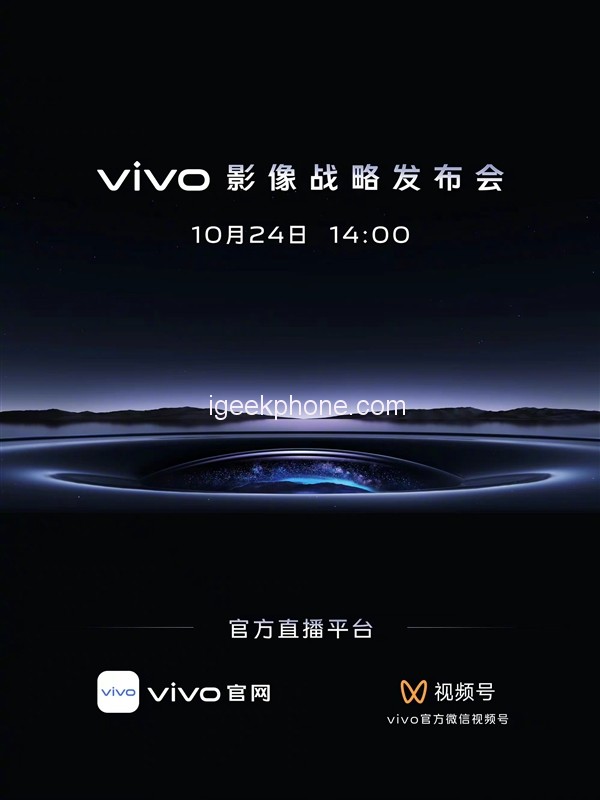Today’s news, vivo announced that it will hold a vivo imaging strategy conference at 14:00 on October 24. The blogger revealed that this time Vivo will show off its new generation of imaging chips at the press conference.
Previously, vivo launched its self-developed image chips V1 and V1+, of which V1+ was first commercialized by the vivo X80 series. This chip is not only an image chip but also a display performance chip.
Specifically, Vivo’s self-developed chip V1+ integrates the three major algorithms of 3D real-time stereoscopic night scene noise reduction, MEMC frame insertion, and AI super-score into hardware packaging. It has three characteristics of good scheduling, fast speed, and high energy efficiency, and its data throughput speed can be efficiently Maintained at about 8GB/s; combined with SRAM, the energy efficiency was improved by about 300%, and the power consumption was reduced by about 72%.
In addition, Vivo’s self-developed chip V1+ has carried out more in-depth fine-tuning for night scene video, and realized the extreme night video function of less than 1lux environment with video noise reduction algorithm.
The extreme night noise reduction algorithm of V1+ can realize motion estimation and compensation. Combined with the chip’s own high-speed, low-power extremely fast memory management system, combined with the improvement of the camera module, main chip, and Vivo’s self-developed algorithm, the mobile phone has reached a professional level. The imaging level of the night vision device.
Looking forward to the upcoming new generation of image chips, it will be upgraded again on the basis of V1+, which is worth looking forward to.
Based on previous revelations, the vivo X90 series uses a 1-inch monster outsole Sony IMX989. Compared with the iPhone 13 Pro Max, the Sony IMX989 has a 72% increase in the photosensitive area, a 76% increase in the photosensitive ability, and a 32.5% increase in the camera speed and startup speed. 11%.
In addition, the vivo X90 Pro+ will be equipped with a periscope telephoto lens. Compared with the ordinary telephoto lens, the periscope telephoto draws on the principle of changing the light transmission line on the periscope, so that the sensor of the mobile phone camera does not need to be on the same horizontal line as the lens, but makes the light path happen through the reflector. When folded, it goes into the camera sensor.
Through the refraction of the optical path, the focal length that should be on a straight line is bent, so the sensor can be arranged horizontally in the body, which can shorten the straight-line distance between the sensor and the focus, and effectively reduce the thickness of the lens module.
Read Also: Vivo X90 Pro Series is Expected To Be Released in November
To sum up, the vivo X90 series is expected to become the image ceiling of the Android camp, we will wait and see.
Do not forget to follow us on our Facebook group and page to keep you always aware of the latest advances, News, Updates, review, and giveaway on smartphones, tablets, gadgets, and more from the technology world of the future.









